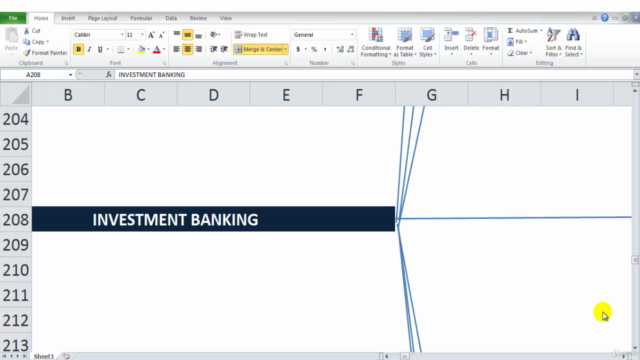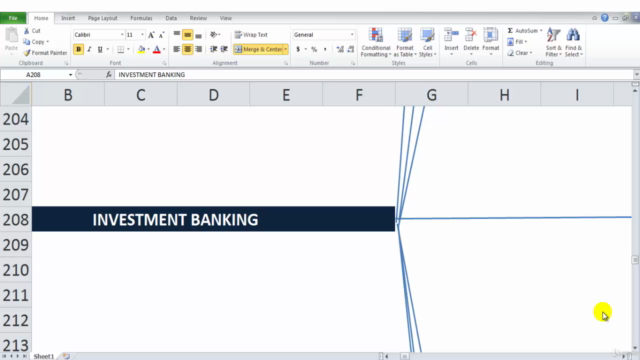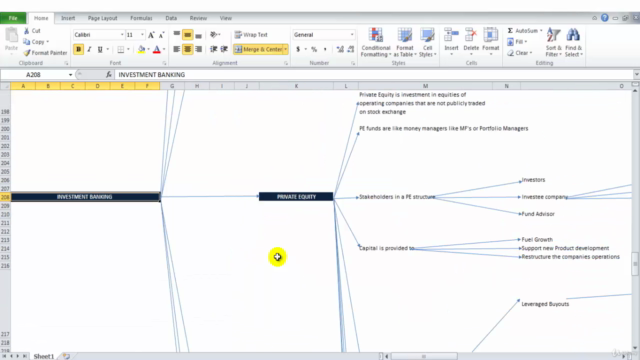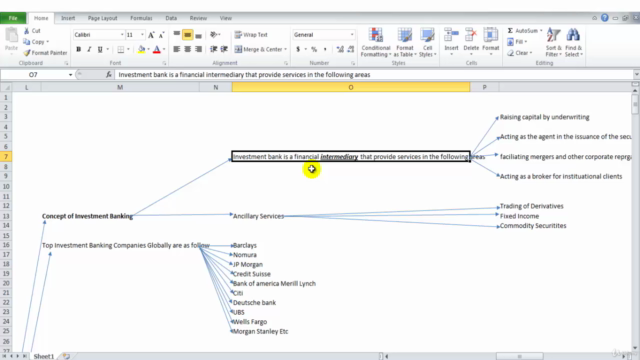Complete Investment Banking Course
Learn IB Industry, Financial Modeling, Valuation, DCF. Pitchbook, and much more.
3.93 (514 reviews)

8,846
students
22 hours
content
Jun 2023
last update
$44.99
regular price
What you will learn
Learn different domains, terms and concept associated with the Investment banking field.
Learn about Investment Banking Industry and its Fundamentals
Learn in details DCF methods od Valuations
Master Relative Valuation
Learn DCF Modeling using MS Excel
In-depth learning on Comparable Comps
Master Financial Modeling from scratch using different case studies
Learn how to prepare a pitchbook
Learn in details about Merger Modeling and Reverse Merger Modeling and Valuation
Screenshots




Related Topics
2107348
udemy ID
12/26/2018
course created date
5/29/2019
course indexed date
Bot
course submited by